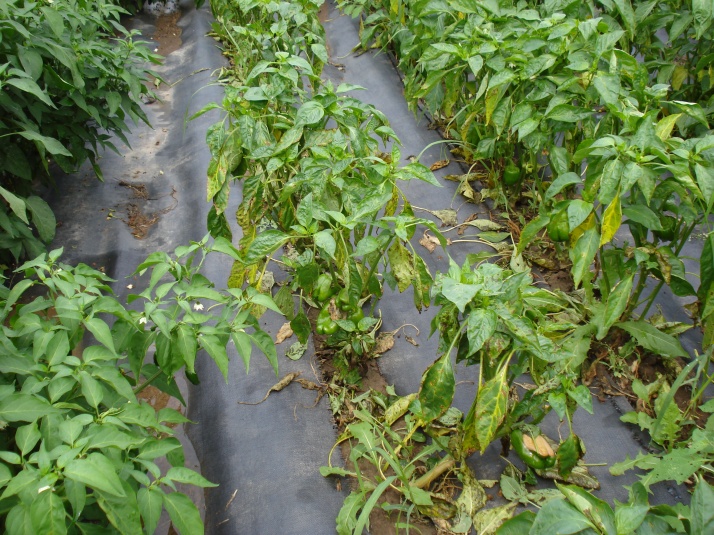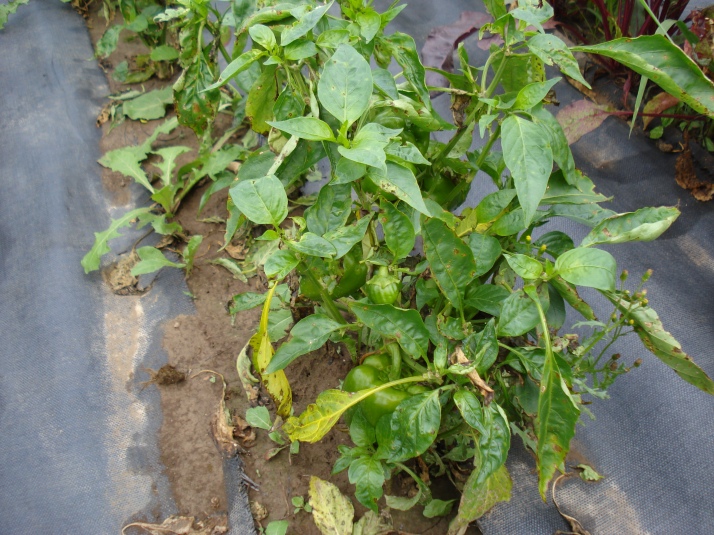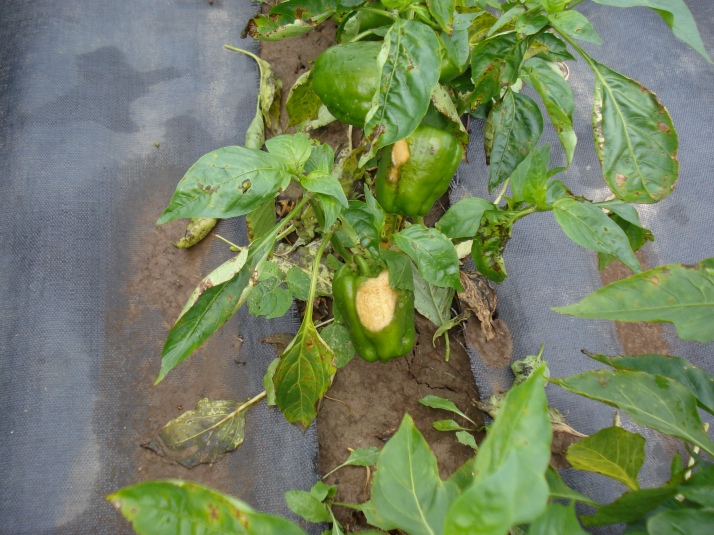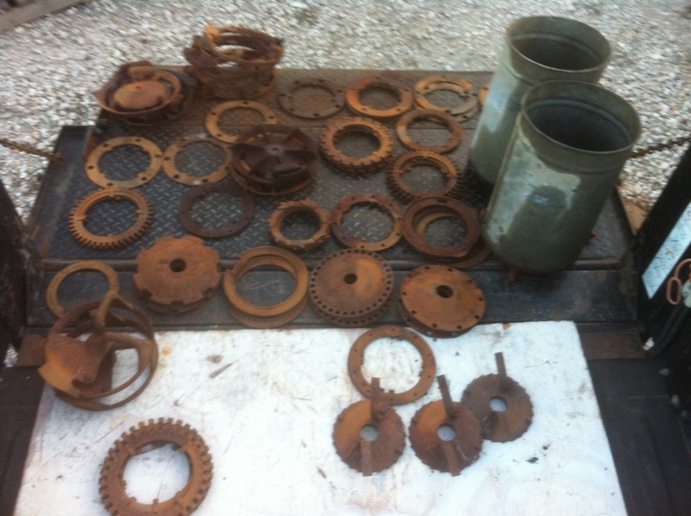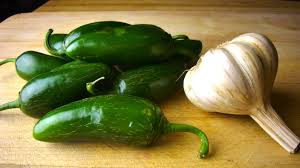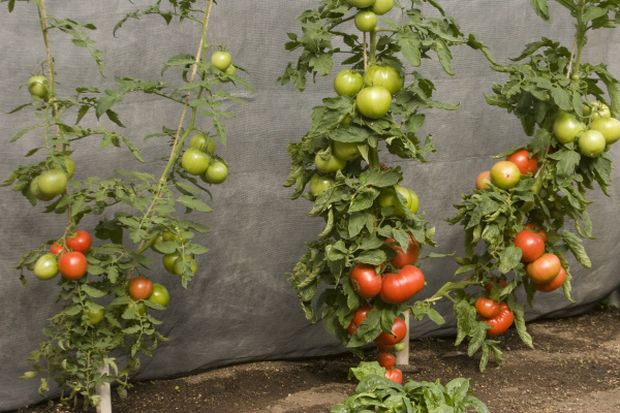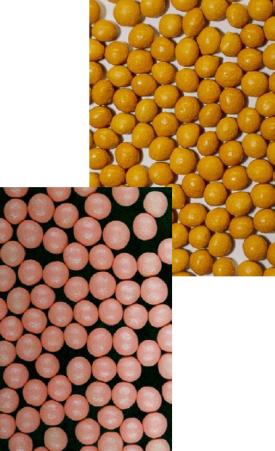(Originally Published 9/24/11, Updated 12/1/15)
“Hi Horticulture Talk People,
I am starting to plan my garden for 2012 and I’ve been trying to not plant any varieties that are GMOs or related to Monsanto. The problem is that I recently found out that the seed I get from seed catalogs and at the store are not grown by the company I bought them from. They buy the seed in and repackage it. How can I know I’m not supporting Monsanto if I am buying from a seed catalog? If I avoid hybrids, will I be okay?
Thank you,
Stewart”
_________________________________________________________
Hi Stewart,
Thank you for emailing HorticultureTalk on Gmail with your question on Monsanto. I completely understand your hesitancy in growing you garden without knowing where your seed comes from.
What you have been told is true: most mail order seed companies are a repackaging plant. They purchase seed in bulk form. In terms of seeds that are like dust (like Begonias), a ‘bulk’ packet may be a gram or ounce of seed that has 50000 seeds in it. For larger seeded varieties (cucumbers, peas, beans, corn, etc.), bulk is a collection of 50 or 100 pound bags of seed.
Like any repacking company whether it be food, paper, or seeds, the markup on seed is… extraordinary! When you buy a packet of seed, keep in mind that an open pollinated variety costs the seed company about 1% or less of what you are paying for it. For hybrids, the cost is about 5% of what you are paying.
Now, you might be thinking that a seed company would want to be selling more open pollinated varieties because they can make an extra 4% for their profits. And unfortunately, you would be wrong. Large corporate seed producers, like Monsanto and their home garden seed market subsidiary, Seminis, pay for their place on a catalog page or website. As a person that used to be involved in brokering deals like this, I can tell you that Monsanto wants to be front and center. If you have a page that features your ‘best’ or ‘customer favorite’ varieties, they must have at least 50% of the varieties represented there. You cannot put their product on the bottom of the page or in the ‘thumblap’ area, where a customer’s thumbs may cover information on the page if they are holding the catalog on the side edges.
Unfortunately, many people think that Monsanto owns mail order seed companies because they don’t understand the inner workings of how this industry runs. If you look around on the internet, you are going to find a TON of websites and Facebook groups that say that there are a bunch of companies that are owned by Monsanto. It’s not true, and likely someone that is a know-it-all (that doesn’t really know it all) started that rumor. In truth, the companies are ‘owned’ by Monsanto by having the premium given for page space advertising.
In addition to this, if you work with a mail order seed company, you are not supposed to refer to the company as Monsanto to any customer (and probably even to your coworkers) because it puts the seed ‘in a bad light’. When Seminis was still its own company, it was bring out new varieties left and right. Monsanto bought them and then new varieites kind of dribbled out until about 2006 or 2007. After that, instead of new things, it was ‘we have dropped these major-selling varieties’. Great examples of this are Giant Valentine Tomato, Ichiban Eggplant, and Table Queen Acorn Squash.
Saying that you are going to avoid any and all hybrids will, unfortunately, not address the problem because some of the varieties offered in the Seminis line are open pollinated varieties.
When Monsanto purchased Seminis in 2005, they acquired the rights to a number of open pollinated — many of which were considered ‘nearly’ heirlooms. In the time since, Monsanto has cut out a number of the open pollinated varieties — which is a blessing because at least we can knock those off our list for our gardens and have less to do with them.
Additionally, you should check out my other articles on what seed companies have a loving relationship with Monsanto/Seminis and what companies are owned by other companies (many you may have guessed and others will surprise you).
So, what varieties to avoid? If you want to be completely Monsanto- and Seminis-free in your garden, the following is a list of varieties that you need to avoid. Please note that those that are hybrids are not noted as the information is not provided on Monsanto’s website.
Beans
- Alicante
- Banga
- Brio
- Bronco
- Cadillac
- Carlo
- Ebro
- Eureka
- EX 08120703
- Excalibur
- Fandango
- Festina
- Firstmate
- Gina
- Gold Dust
- Gold Mine
- Golden Child
- Goldrush
- Grenoble
- Hercules
- Labrador
- Lynx
- Magnum
- Matador
- Opus
- Pony Express
- Romano Gold
- Sea Biscuit
- Secretariat
- Serin
- Slenderpack
- Spartacus
- Storm
- Strike
- Stringless Blue Lake 7
- Sunburst
- Tapia
- Teggia
- Tema
- Thoroughbred
- Titan
- Ulysses
- Unidor
- Valentino
Broccoli:
- Castle
- Captain
- Contributor
- Coronado Crown
- General
- Heritage
- Iron
- Ironman
- Legacy
- Major
- Packman
- Revolution
- Tlaloc
- Tradition
Cabbage
- Atlantis
- Blue Dynasty
- Constelation
- Golden Acre (RS)
- Headstart
- Platinum Dynasty
- Red Dynasty
- Tropicana
Carrots
- Abledo
- Achieve
- Cellobunch
- Dominion
- Enterprise
- Envy
- Legend
- Propeel
- PS 07101441
- PS 07101603
- Tastypeel
Cauliflower
- Cheddar
- Cielo Blanco
- Cornell
- Freedom
- Fremont
- Juneau
- Minuteman
- Whistler
Cucumbers (Pickling)
- Arabian
- Colt
- Eureka
- Expedition
- PowerPak
- Vlaspik
- Vlasset
- Vlasstar
Cucumbers (Slicing)
- Babylon
- Cool Breeze or Cool Breeze Improved
- Conquistador
- Dasher II
- Emparator
- Eureka
- Fanfare or Fanfare HG
- Indy
- Intimidator
- Marketmore 76
- Mathilde
- Moctezuma
- Orient Express II
- Pearl
- Poinsett 76
- Rockingham
- Salad Bush
- Speedway
- Sweet Slice
- Sweet Success PS
- Talladega
- Thunder
- Thunderbird
- Turbo
Dry Beans
- Black Velvet
- Cabernet
- Chianti
- Etna
- Hooter
- Mariah
- Medicine Hat
- Pink Panther
- Red Rover
- Windbreaker
Eggplant
- Black Beauty
- Fairy Tale
- Gretel
- Hansel
- Ichiban (discontinued in 2010 and not supposed to be found for sale anywhere, yet many Mom and Pop greenhouses in my area still supposedly sell them. Find out more in this article and the comments that follow it.)
- Lavender Touch
- Twinkle
- White Lightning
Lettuce
- Annie
- Braveheart
- Bubba
- Conquistador
- Coyote
- Del Oro
- Desert Spring
- Grizzly
- Honcho II
- Javelina
- Mohawk
- Raider
- Sahara
- Sharpshooter
- Sniper
- Sure Shot
- Top Billings
- Valley Heart
Melon
- Cabrillo
- Caravelle
- Colima
- Cristobal
- Destacado
- Durango
- Earli-Dew
- Earlisweet
- Fastbreak
- Honey Dew Green Flesh
- Hy-Mark
- Laredo
- Magellan
- Mission
- Moonshine
- Roadside
- Santa Fe
- Saturno
- Zeus
Onion
- Abilene
- Affirmed
- Aspen
- Barbaro
- Belmar
- Bunker
- Caballero
- Candy
- Cannonball
- Century
- Ceylon
- Champlain
- Charismatic
- Cirrus
- Cougar
- Exacta
- Fortress
- Gelma
- Golden Spike
- Goldeneye
- Grateful Red
- Hamlet
- Joliet
- Leona
- Mackenzie
- Marquette
- Mercedes
- Mercury
- Montblanc
- Nicolet
- Orizaba
- Pecos
- Rainier
- Red Zeppelin
- Savannah Sweet
- Sierra Blanca
- Sterling
- Swale
- Tioga
- Verrazano
- Vision
Peppers (Hot)
- Anaheim TMR 23
- Ancho San Martin
- Aquiles
- Ballpark
- Big Bomb
- Biggie Chile brand of Sahuaro
- Cardon
- Caribbean Red
- Cayenne Large Red Thick
- Cherry Bomb
- Chichen Itza
- Chichimeca
- Cocula
- Corcel
- Coyame
- Fresnillo
- Garden Salsa SG
- Grande
- Habanero
- Holy Mole brand of Salvatierra
- Hot Spot (with X3R)
- Hungarian Yellow Wax Hot
- Inferno
- Ixtapa X3R
- Kukulkan
- Lapid
- Major League
- Mariachi brand of Rio de Oro
- Mesilla
- Milta
- Mucho Nacho brand of Grande
- Nainari
- Nazas
- Papaloapan
- Perfecto
- PS 11435807
- PS 11435810
- PS 11446271
- Rebelde
- Rio de Oro
- Sahuaro
- Salvatierra
- Santa Fe Grande
- Sayula (with X3R)
- Serrano del Sol brand of Tuxtlas
- Super Chili
- Tajin
- Tam Vera Cruz
- Time Bomb
- Tula
- Tuxtlas
- Vencedor
- Victorioso
Peppers (Sweet)
- Baron
- Bell Boy
- Big Bertha PS
- Biscayne
- Blushing Beauty
- Bounty
- California Wonder 300
- Camelot
- Capistrano
- Cherry Pick
- Chocolate Beauty
- Corno Verde
- Cubanelle W
- Dumpling brand of Pritavit
- Early Sunsation
- Flexum
- Fooled You brand of Dulce
- Giant Marconi
- Gypsy
- Jumper
- Key West (with X3R)
- King Arthur (formerly Fat n Sassy)
- North Star
- Orange Blaze
- Pimiento Elite
- Red Knight (with X3R)
- Satsuma
- Socrates (with X3R)
- Super Heavyweight
- Sweet Spot (with X3R)
Pumpkins
- Applachian
- Buckskin
- Harvest Moon
- Jamboree HG
- Longface
- Orange Smoothie
- Phantom
- Prizewinner
- Rumbo
- Snackface
- Spirit
- Spooktacular
- Trickster
- Wyatt’s Wonder
Spinach
- Avenger
- Barbados
- Hellcat
- Interceptor
- Tigercat
Squash (Summer)
- Ambassador
- Clarita
- Commander
- Conqueror III
- Consul R
- Daisey
- Depredador
- Dixie
- Embassy
- Gemma
- Gold Rush
- Goldbar
- Goldfinger
- Grey Zucchini
- Greyzini
- Independence II
- Judgement III
- Justice III
- Lemondrop
- Liberator III
- Lolita
- Papaya Pear
- Patriot II
- Patty Green Tinit
- Patty Pan
- Portofino
- Prelude II
- President
- ProGreen
- Quirinal
- Radiant
- Richgreen Hybrid
- Senator
- Storr’s Green
- Sungreen
- Sunny Delight
- Sunray
- Terminator
- XPT 1832 III
Squash (Winter)
- Autumn Delight
- Butternut Supreme
- Canesi
- Early Butternut
- Pasta
- Taybelle PM
Sweet Corn
- Absolute
- Devotion
- EX 08745857R
- EX 08767143
- Fantasia
- Merit
- Obsession
- Obsession II
- Passion
- Passion II
- Seneca Arrowhead
- Sensor
- Synergy
- Temptation
- Temptation II
- Vitality
Tomato
- Amsterdam
- Apt 410
- Beefmaster
- Better Boy
- Big Beef
- Biltmore
- Burpee’s Big Boy
- Caramba
- Celebrity
- Crown Jewel
- Cupid
- Debut
- Empire
- Flora-Dade
- Flirida 47 R
- Florida 91
- Granny Smith
- Healthy Kick
- Heatmaster
- Huichol
- Husky Cherry Red
- Hybrid 46
- Hybrid 882
- Hypeel 108
- Hypeel 303
- Hypeel 849
- Jetsetter brand of Jack
- Lemon Boy
- Margherita
- Margo
- Marmande VF PS
- Marmara
- Maya
- Patio
- Phoenix
- Picus
- Pik Ripe 748
- Pink Girl
- Poseidon 43
- PS 01522935
- PS 01522942
- PS 345
- PS 438
- Puebla
- Quincy
- Roma VF
- Royesta
- Sanibel
- Seri
- Sunbrite
- SunChief
- SunGuard
- Sunoma
- SunShine
- Sunstart
- Sunsugar
- Super Marzano
- Sweet Baby Girl
- Tiffany
- Tye Dye
- Tygress
- Viva Italia
- Yaqui
Watermelon
- Apollo
- Charleston Grey
- Companion
- Cooperstown
- Crimson Glory
- Crimson Sweet
- Cronos
- Delta
- Eureka
- Fenway
- Jade Star
- Majestic
- Mickylee
- Olympia
- Omega
- Regency
- Royal Jubilee
- Royal Sweet
- Sentinel
- Starbrite
- Star Gazer
- Stars ‘n’ Stripes
- Tiger Baby
- Wrigley
*************************************************************************
© Mertie Mae Botanics LLC and Horticulture Talk!, 2015. Unauthorized use and/or duplication of this material without express and written permission from this blog’s author and/or owner is strictly prohibited. Excerpts and links may be used, provided that full and clear credit is given to Mertie Mae Botanics LLC and Horticulture Talk! with appropriate and specific direction to the original content.


 All-America Selections
All-America Selections










